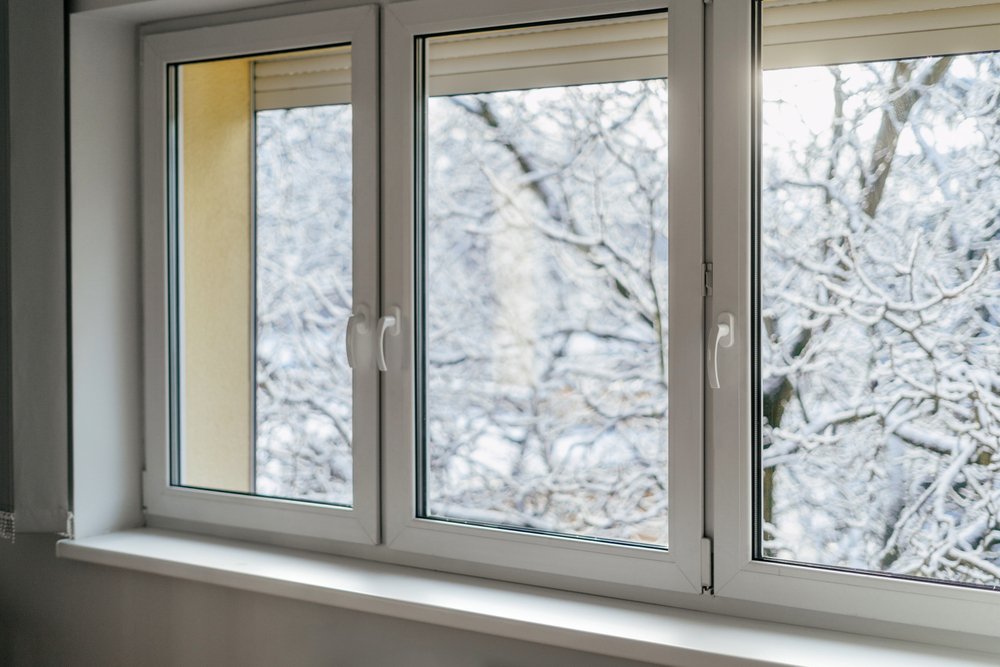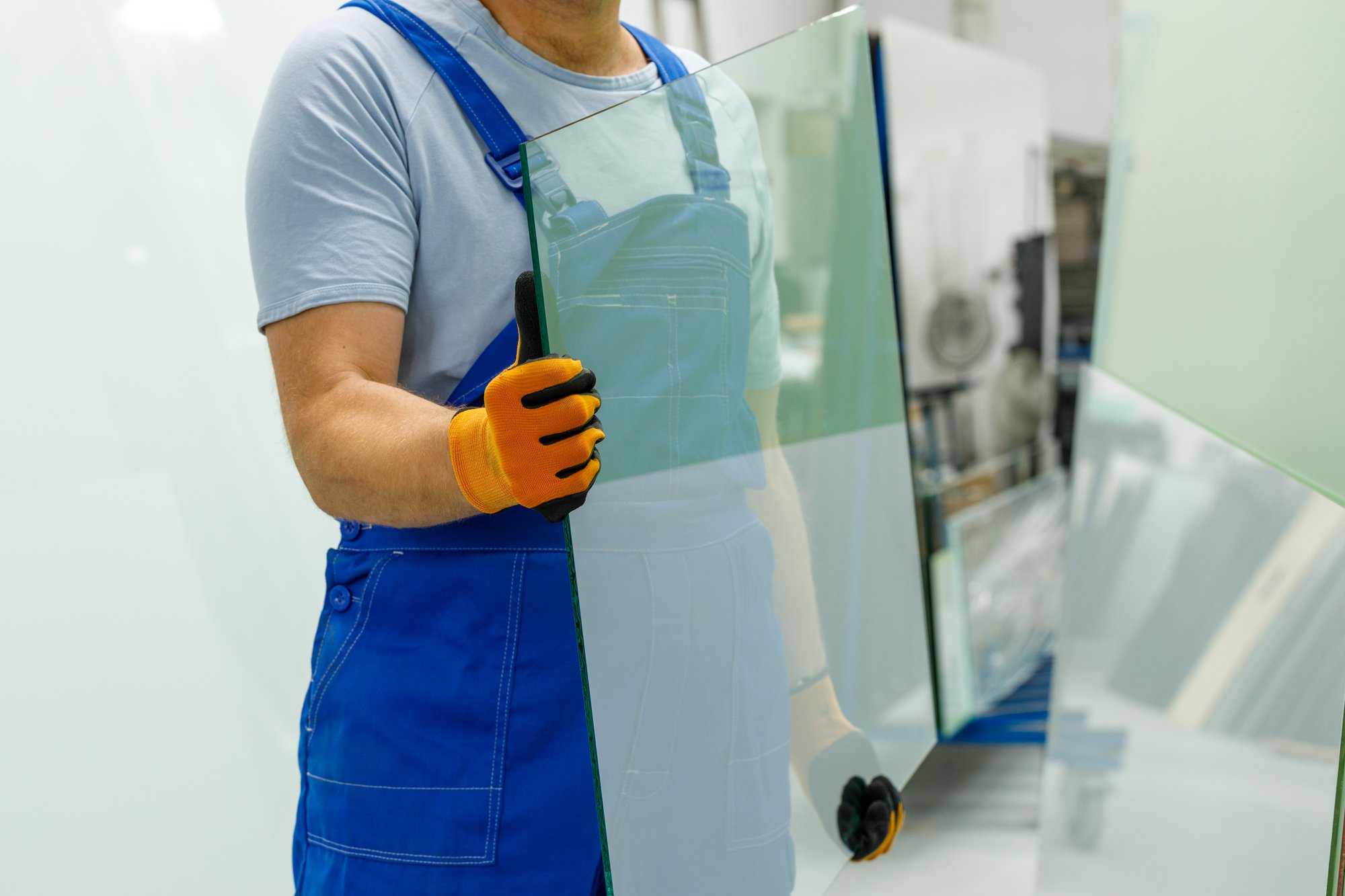In today's world, energy efficiency is at the heart of building design, especially with rising energy costs and a growing focus on sustainability. One of the most effective ways to improve the energy efficiency of a building is by optimizing the thermal performance of its windows and glass systems. Thermal performance in glass solutions plays a critical role in regulating indoor temperatures, reducing energy consumption, and enhancing overall comfort.
When it comes to maximizing thermal performance, insulated glass has become a key player. Insulated glass solutions consist of multiple panes of glass, separated by a layer of air or gas, which work together to minimize heat transfer. In this article, we will explore the different ways thermal performance in glass solutions can be enhanced, from innovative coatings and spacer technologies to multi-layered configurations. Understanding these design strategies is crucial for architects, contractors, and building operators looking to create energy-efficient structures.

Understanding Thermal Performance in Glass Solutions
At the core of any energy-efficient window system is thermal performance. It is measured through three main metrics: thermal transmittance (U-value), solar heat gain coefficient (SHGC), and visible transmittance (VT). The U-value represents how well the window prevents heat from escaping, with lower values indicating better insulation. The SHGC reflects how much solar heat enters through the glass, while the VT measures the amount of natural light that passes through. Balancing these factors is key to optimizing both energy efficiency and indoor comfort.
For instance, thermal performance in glass solutions can be significantly enhanced through the use of low-emissivity (Low-E) coatings. These coatings reflect infrared heat while allowing visible light to pass through, which improves insulation without sacrificing natural light. Low-E glass is particularly beneficial in climates with extreme temperature fluctuations, as it helps maintain a stable indoor temperature year-round.
Design Strategies for Enhanced Thermal Performance
Low-E Coatings
Low-E coatings are one of the most effective ways to improve the thermal performance in glass solutions. These ultra-thin metallic layers are applied to glass surfaces to reduce heat transfer while still allowing light to enter the building. Depending on the type of Low-E coating used, you can achieve different energy efficiency goals.
For example:
- Passive Low-E coatings are ideal for colder climates, where the focus is on retaining heat inside the building.
- Solar control Low-E coatings are designed for warmer climates, where blocking solar heat gain is a priority while still allowing natural light.
By incorporating the appropriate Low-E glass coatings into your window systems, you can optimize thermal performance to meet your specific climate needs.
Spacer Technologies
Another crucial element in improving thermal performance in glass solutions is the spacer technology used between the glass panes. Traditionally, metal spacers were used to separate the glass layers, but they often contributed to heat loss due to their conductivity. Modern spacer technologies, such as warm-edge spacers, are designed to minimize this heat transfer, significantly improving insulation.
Warm-edge spacers are made from materials with lower thermal conductivity, reducing heat loss at the edges of the glass. This enhancement not only boosts energy efficiency but also prevents condensation build-up, further increasing the lifespan and durability of the glass unit.
Multi-Layered Glass Configurations
When it comes to maximizing thermal performance in glass solutions, more is often better. While double-glazed units offer solid insulation, upgrading to triple-glazed configurations can provide superior energy efficiency, especially in extreme climates. Triple glazing adds an additional layer of glass and insulating air or gas, further reducing heat transfer and enhancing overall performance.
The choice of gas between the glass panes also affects the thermal performance. Argon is the most common, offering a good balance between cost and insulation, while krypton provides even better thermal performance, albeit at a higher price. Using these advanced gas fills can significantly reduce the U-value, optimizing the energy efficiency of the glass solution.
Installation Techniques for Optimized Thermal Performance
Achieving the best thermal performance in glass solutions is not just about the design of the glass unit itself; proper installation is equally important. Even the most advanced insulated glass units can underperform if they are not installed correctly. Poor installation can lead to air leaks, moisture build-up, and thermal bridging, all of which diminish the effectiveness of the window system.
Best practices for installation include:
- Ensuring a proper seal around the window frame to prevent air infiltration.
- Using high-quality insulation materials to minimize thermal bridging.
- Thoroughly inspecting for any gaps or imperfections in the installation process.
By following these guidelines, contractors and installers can ensure that the glass solutions perform optimally, providing lasting energy efficiency and comfort for building occupants.

The Benefits of Optimized Thermal Performance in Glass Solutions
Improving the thermal performance of glass solutions offers a range of benefits for homeowners and commercial building operators alike. Lower U-values and reduced solar heat gain translate to lower energy bills, as less heating and cooling is required to maintain a comfortable indoor environment. This results in significant cost savings over time, particularly for large commercial properties where energy expenses can be substantial.
Additionally, enhanced thermal performance contributes to better indoor comfort. Buildings with optimized glass solutions are less susceptible to temperature fluctuations, drafts, and cold spots, creating a more stable and comfortable indoor climate. This is particularly important in regions with harsh winters or hot summers, where maintaining a consistent indoor temperature is crucial.
The Path to Sustainable, Energy-Efficient Buildings
As energy efficiency continues to be a top priority in building design, optimizing the thermal performance in glass solutions is a smart investment. Whether through the use of Low-E coatings, advanced spacer technologies, or multi-layered glass configurations, there are numerous ways to improve the insulation and energy efficiency of windows. By taking a thoughtful approach to glass selection and installation, architects, contractors, and building operators can significantly reduce energy costs while enhancing indoor comfort.
Visit Insul-Lite Manufacturing™ to learn more about our innovative products and services, and discover how we can help you optimize the thermal performance of your next project.





